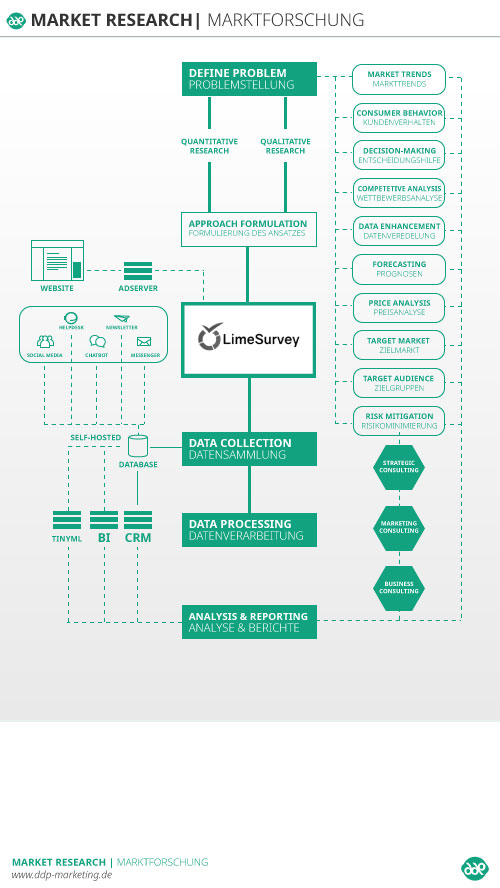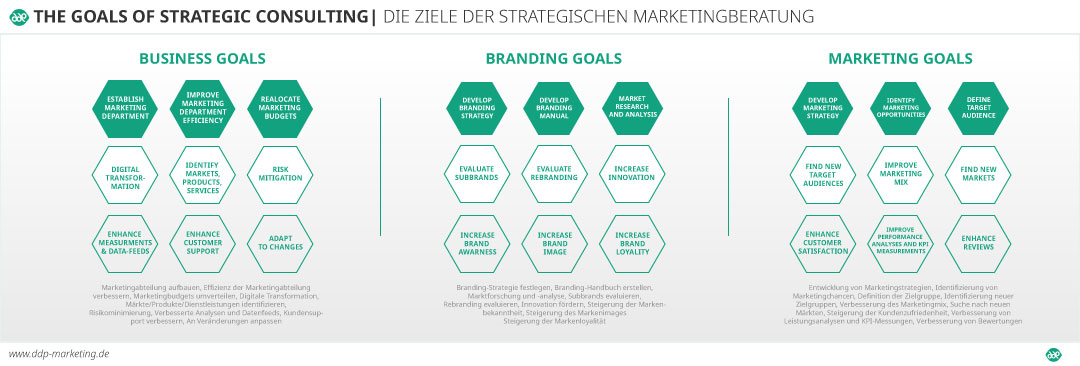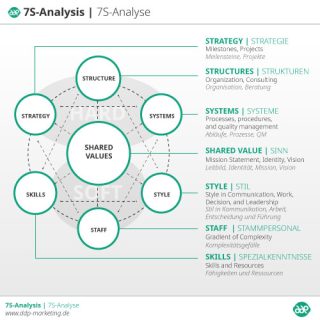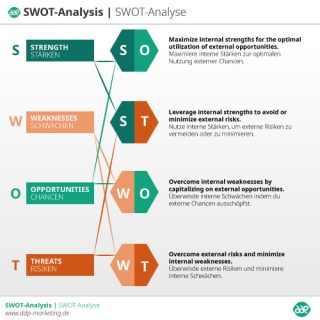Leveraging
LimeSurveys for
Market Research

MASTERING LIMESURVEYS FOR RESEARCH
Unlocking Strategic Insights for Unparalleled Success
Market research forms the bedrock of informed decision-making in the dynamic landscape of business. In this blog post, we’ll delve into the strategic utilization of Lime Surveys, a powerful tool in our arsenal, to conduct comprehensive market research and surveys. Discover how we leverage Lime Surveys to gain valuable insights, refine strategies, and drive business success.
- Introduction
- Understanding Lime Surveys
- Customization for Targeted Insights
- Real-time Analytics and Reporting
- Integrating Lime Surveys into Marketing Strategies
- Surveys and Analyses for Research
- Brand Perception Survey
- Product Feedback Survey
- Customer Satisfaction Survey
- Market Research for Product Development
- Advertising Effectiveness Survey
- Employee Feedback on Corporate Culture
- Website Usability Survey
- Event Satisfaction Survey
- Sales Partnership Evaluation
- Industry Studies and Trend Surveys
- Employee Audits
- Onboarding Audits
- Data Enhancement
- Assessment Center
- Agile Marketing Strategies
- Navigating Challenges, Ensuring Data Fortification
Introduction
In the ever-evolving landscape of marketing, the significance of comprehensive market research cannot be overstated. One tool that stands out in our arsenal is Lime Surveys, a powerful platform that goes beyond conventional survey tools. Join us on an exploration of how we master Lime Surveys to gain strategic insights, fuel transformation, and achieve unparalleled success in the competitive market.
Understanding Lime Surveys
Delve into the intricacies of Lime Surveys, highlighting its user-friendly interface and versatility. Showcase how our agency harnesses its capabilities for effective data collection and analysis.
At the heart of our strategic approach lies a deep understanding of Lime Surveys and its potential. Lime Surveys, with its intuitive interface and flexible features, stands as a beacon in the realm of survey tools. As we unravel the intricacies of Lime Surveys, our goal is to illustrate not only its user-friendly nature but also the depth it adds to data collection and analysis. From crafting surveys to interpreting results, our agency’s mastery of Lime Surveys ensures a seamless integration into our strategic decision-making processes.
Customization for Targeted Insights
Explore the art of crafting tailored surveys for specific insights. Illustrate how customization allows us to delve deep into thematic segmentation, extracting nuanced information for strategic decision-making.
One of the key pillars of effective marketing research is the ability to tailor surveys for targeted insights. This section takes a closer look at the art of customization within Lime Surveys, showcasing how our agency delves into thematic segmentation to extract nuanced information. By understanding the diverse needs of our clients, we demonstrate how Lime Surveys becomes a versatile tool, providing not just data but a rich tapestry of insights essential for strategic decision-making. This customization, coupled with our interpretive skills, sets the stage for a deeper exploration of Lime Surveys’ capabilities.
Real-time Analytics and Reporting
Uncover the power of Lime Surveys’ real-time analytics, offering immediate insights into market dynamics. Highlight our proficiency in translating data into dynamic visual reports for swift, informed decisions.
Moving beyond understanding Lime Surveys, our agency thrives on the real-time analytics and dynamic reporting features that Lime Surveys offer. In this section, we delve into the power of instantaneous insights, highlighting how our marketing strategies are not just data-driven but thrive on the pulse of real-time market dynamics. Lime Surveys empower our team to move beyond static reports, providing dynamic visualizations that not only convey information effectively but also guide swift, informed decisions. As we navigate through the landscape of Lime Surveys’ analytics, we showcase how our agency transforms raw data into actionable intelligence, creating a competitive edge in the fast-paced world of marketing.
Integrating Lime Surveys into Marketing Strategies:
The true measure of a tool’s efficacy lies in its integration into broader strategies. Our agency stands out in seamlessly incorporating Lime Surveys into our marketing endeavors. This section explores how Lime Surveys become more than just a data collection tool; they become integral to shaping product development, supporting customer-centric approaches, and informing agile marketing strategies. Through real-world examples, we demonstrate the symbiotic relationship between Lime Surveys and our strategic initiatives, emphasizing our commitment to translating insights into tangible, impactful results. Whether it’s refining products, optimizing customer experiences, or adjusting strategies on the fly, Lime Surveys are at the forefront of our strategic decision-making processes.
FREE DOWNLOAD
Explore how to manage uncertainties and shape your future sustainably.

Surveys and Analyses for Research
Showcase our agency’s prowess in seamlessly integrating Lime Surveys into broader marketing strategies. Illustrate how it shapes product development, supports customer-centric approaches, and informs agile marketing strategies.
With Lime Surveys as our toolkit, our agency embarks on a journey of effective research through diverse surveys and analyses. Each survey is a strategic instrument designed for a specific purpose, and this section explores our approach to a range of surveys, from gauging brand perception to evaluating sales partnerships. By offering a glimpse into our diverse survey portfolio, we underline our agency’s commitment to holistic research that goes beyond surface-level insights. Lime Surveys act as the gateway to understanding market nuances, and our strategic analyses transform this understanding into a roadmap for success. Through illustrative case studies, we shed light on how our agency’s expertise comes to life in the realm of effective research.
The 7S analysis
The 7S framework comprises Strategy, Structure, Systems, Shared Values, Skills, Style, and Staff. Each “S” represents a key facet of organizational functioning, and collectively, they provide a holistic view of the internal workings of a company.
The primary advantage of the 7S Analysis lies in its ability to identify misalignments or gaps among these elements, offering valuable insights for strategic planning and organizational development. By examining how these components interconnect and influence each other, businesses can gain a deeper understanding of their internal dynamics. This, in turn, facilitates informed decision-making, effective change management, and the establishment of a cohesive organizational culture. Ultimately, the 7S Analysis serves as a powerful diagnostic tool, guiding organizations towards strategic alignment, improved performance, and long-term success.
SWOT Analysis
SWOT analysis remains a cornerstone in strategic marketing. This subsection delves into the Strengths, Weaknesses, Opportunities, and Threats framework, showcasing how organizations can use this method to assess internal and external factors. By identifying key elements impacting the business, companies can align their strategies with a clearer understanding of their competitive landscape.
Market Research and Surveys
In-depth market research and surveys are invaluable tools for gathering qualitative and quantitative data. This part explores the role of surveys and market research in strategic marketing, emphasizing their capacity to uncover customer preferences, market trends, and potential areas for innovation. By incorporating insights from these methodologies, organizations can make informed decisions tailored to their audience.
Utilization of existing Marekting experienceS
In our strategic marketing consultancy, we recognize the significance of learning from the past, particularly by evaluating previous campaigns. Through meticulous analysis and assessment of past marketing endeavors, we extract invaluable insights that go beyond mere performance metrics. By delving into the nuances of each campaign’s success factors and identifying areas for improvement, we lay the foundation for a comprehensive guideline. This guideline serves as a strategic compass, providing actionable recommendations and best practices derived from the real-world outcomes of previous initiatives. In essence, our approach involves turning the wealth of historical campaign data into a practical roadmap for future endeavors. This iterative process not only enhances the efficiency of future campaigns but also ensures a dynamic and adaptable marketing strategy that evolves with the changing landscape of the market.
Audits with Sales & Marketing employees
By conducting audits with key stakeholders, including sales and marketing teams, we ensure a comprehensive understanding of past strategies, successes, and challenges.
This valuable information is not merely archived but strategically compiled and made future-ready. Through the creation of knowledge databases and similar resources, we transform historical experiences into actionable insights for the future. This proactive approach ensures that the lessons learned from past endeavors become instrumental in shaping innovative marketing strategies, fostering continuous improvement, and positioning businesses for sustained growth in an ever-evolving market environment.
Definition of Key Performance Indicators (KPIs) for measurement
Measuring the success of a marketing strategy requires well-defined Key Performance Indicators (KPIs). This part elucidates the importance of selecting relevant KPIs and establishing benchmarks for measurement. By monitoring KPIs, organizations can gauge the effectiveness of their strategies, identify areas for improvement, and adapt to evolving market dynamics.
In the context of strategic marketing consulting, the definition of Key Performance Indicators (KPIs) for measurement involves a multifaceted approach, incorporating various analytical tools to gauge and enhance marketing strategies. Utilizing line charts, bar charts, and pie charts, website traffic patterns are visually assessed, offering insights into peak times and demographic trends. The marketing calendar is strategically visualized to optimize releases, synchronize offers, and measure traffic, emphasizing the bundling of impactful channels for conversions through marketing automation.
Furthermore, the tracking of conversion rates across social media, email, and advertisements is accomplished through the use of bar and line charts, while customer acquisition costs (CAC) trends are represented over time in segmented stacked bar charts. Return on Investment (ROI) is visualized through comparative bar charts and waterfall diagrams, providing a comprehensive overview of campaign success. Lead generation sources, social media engagement, and email marketing performance are all scrutinized using various charts, contributing to a holistic understanding of marketing effectiveness.
Moreover, the analysis extends to customer-centric metrics such as Customer Lifetime Value (CLV) and revenue trends, visualized through combinations of line charts and bar charts. The visualization of the marketing funnel, employing funnel diagrams, aids in comprehending conversion rates at each stage. Finally, the creation of target audience personas, informed by publicly available data and strategic scraping, aligns seamlessly with strategic marketing consulting practices, offering valuable insights for identifying trends, optimizing products, and making decisions related to visual branding.
Market Segmentation Analysis
Understanding diverse market segments is crucial for crafting tailored marketing strategies. This section explores market segmentation analysis, outlining how organizations can categorize their audience based on demographics, behaviors, and psychographics. By honing in on specific segments, businesses can create targeted campaigns that resonate with the unique needs and preferences of each group.
Trend Analysis and Forecasting
Staying ahead of industry trends requires adept trend analysis and forecasting. This subsection discusses how organizations can anticipate shifts in the market, emerging technologies, and consumer preferences. By incorporating trend analysis into their strategic marketing approach, businesses can position themselves as innovators and proactively adapt to changing market dynamics.
conclusion
In conclusion, effective strategic marketing involves a comprehensive understanding of current events, targeted audience insights, competitor landscapes, and the utilization of robust analysis methods. Stay tuned for the final part, where we wrap up the discussion and highlight the overarching benefits of strategic marketing consultation in navigating the complexities of today’s business environment.




